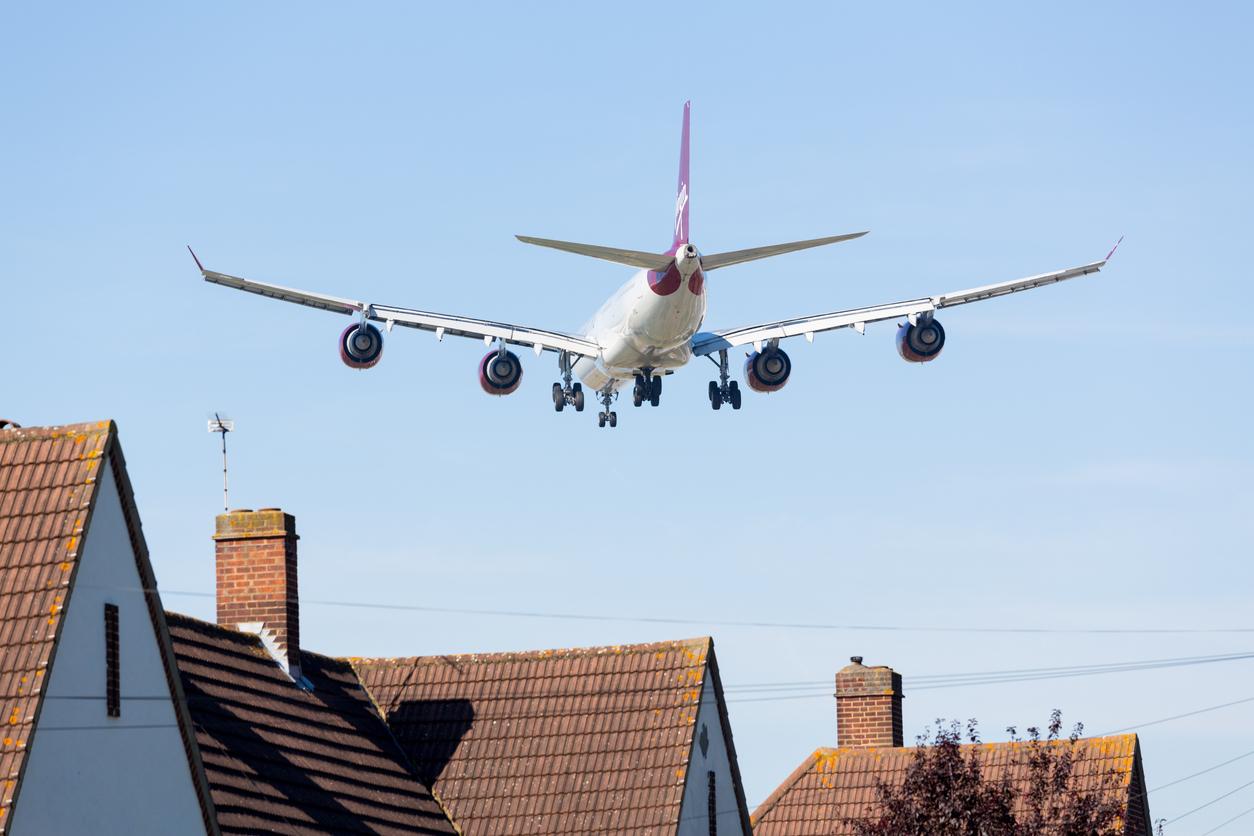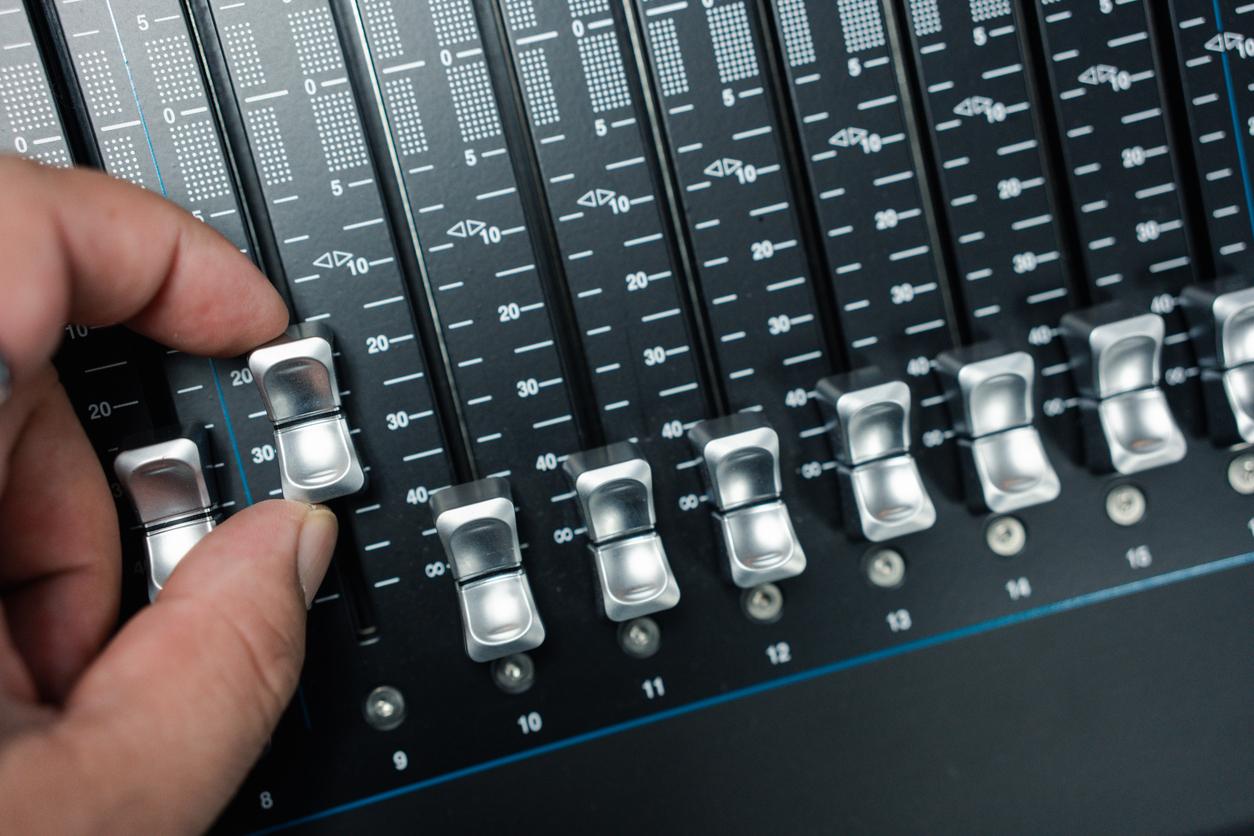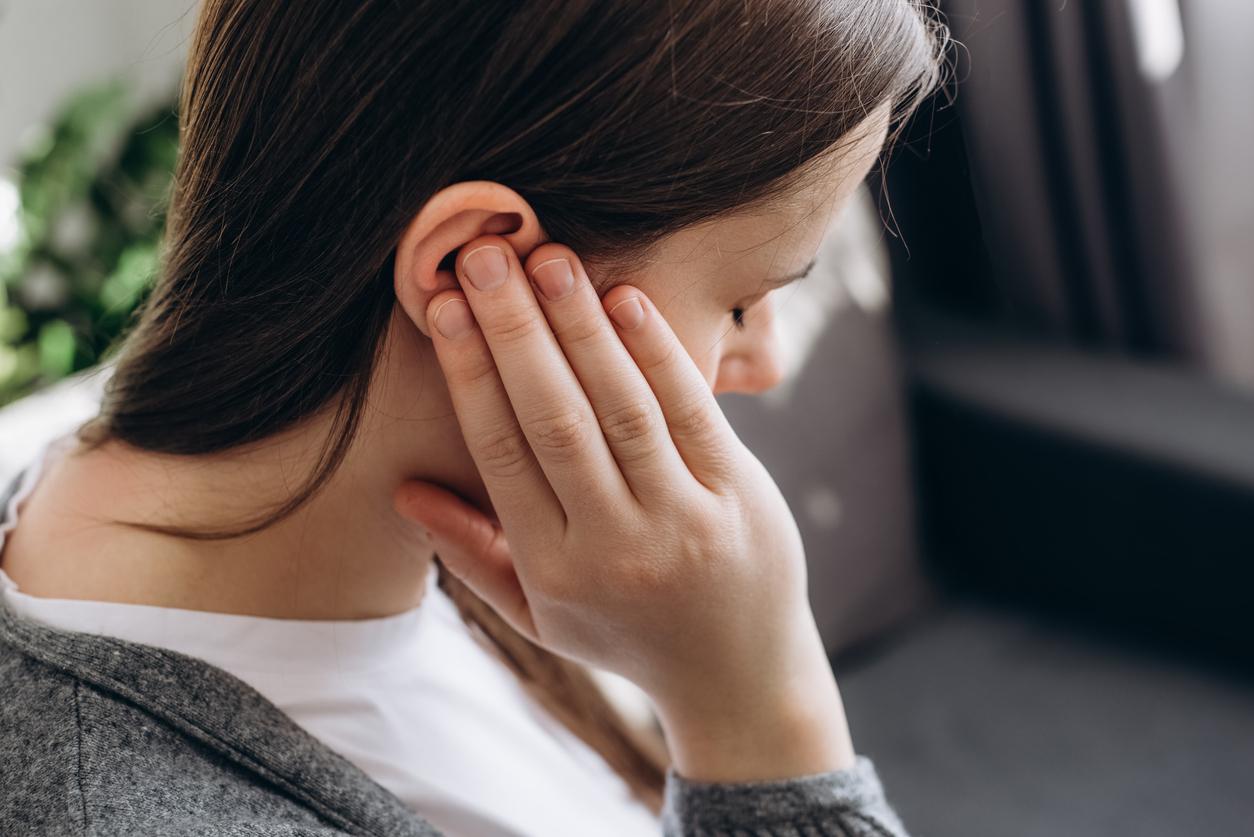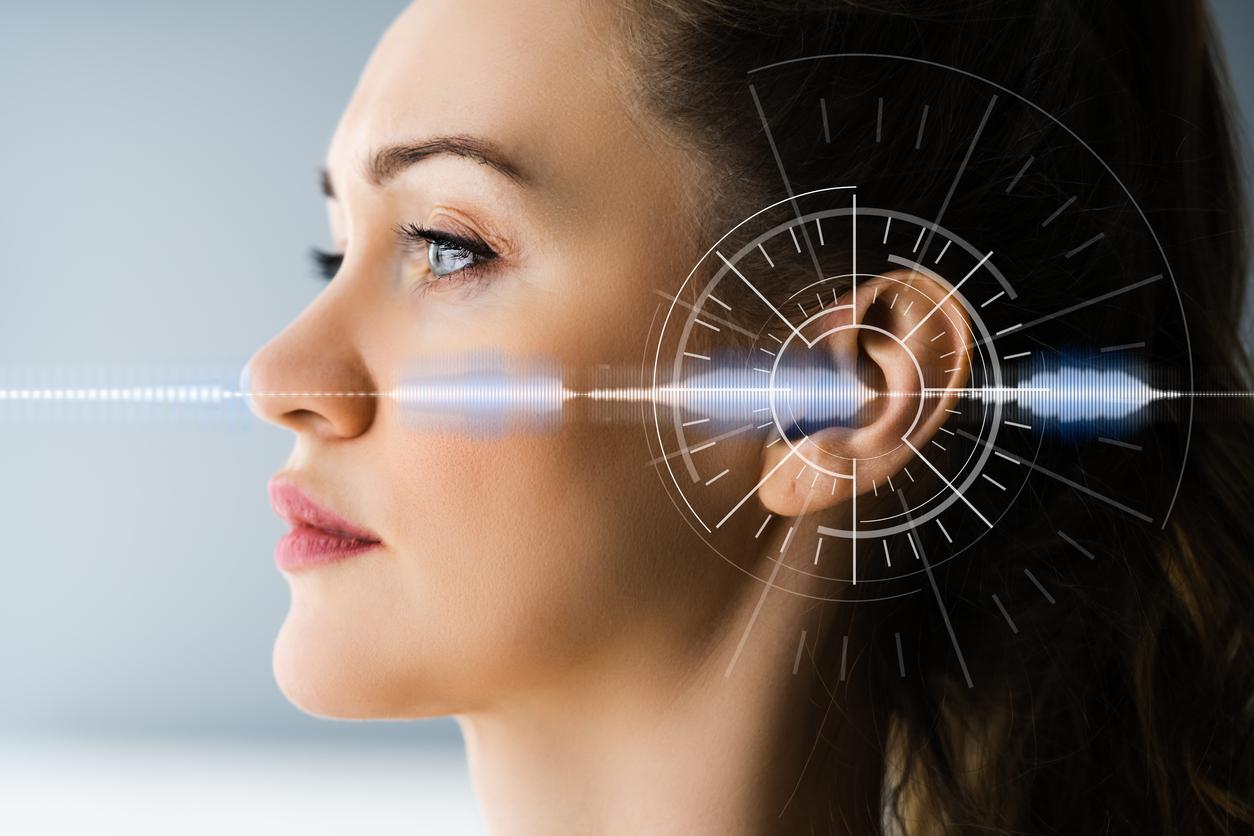In a Belgian study, researchers make a worrying finding. Sound levels in intensive care units are too high.

Silence is required … A study presented at Euroanaestusia 2016 shows that sound levels in intensive care units exceed the standards recommended by the WHO. The work, carried out by a team from the Hasselts hospital in Belgium, denounces the impact on the well-being of patients and medical personnel. THEWHO recommends average sound levels for hospital wards of less than 35 decibels during the day, and a maximum of 40 decibels at night. However, the sound levels recorded by researchers at Jessa Hospital are significantly above average.
For two weeks, the team of researchers stored sound level indicators at the bedside of patients but also in the room dedicated to nurses. The noises were recorded continuously, around the clock.
Rates twice too high
In overnight patient rooms, average sound levels were around 52.8 dBA. By day, the levels were significantly higher – by 54.6 dBA. In all, 14 sound peaks, higher than the recommendations, were recorded with a record of 101.1 dBA. At the nursing station, the average was close to 53.9 dBA during the day. The peak sound was recorded with 90.6 dBA. The noise of medical equipment, alarms, the hundreds of machines turned on and the activity of staff contribute to these nuisances. “Electronic sounds stimulate the brain more than human voices, so it is very likely that the peaks we measured were the sounds of alarms,” says study author Dr. Claes.
Alternatives hard to find
And these conclusions are not the result of an isolated case. For the authors of the study, the problem is common to all intensive care units: “Our results are comparable to the levels observable in other units. “, deplores Dr Claes. These nuisances affect the general condition of patients, their well-being and their ability to rest. “It is difficult to create an intensive care unit without noise. We need alarms to alert us to emergency situations, for example when a patient’s condition deteriorates. Various staff training programs, job planning, repositioning of machines, revision of the alarm threshold unfortunately did not reduce sound levels, ”the doctor observes with regret. However, certain alternatives could limit the impact of noise pollution. “At this time, we could consider the use of earplugs or other patient devices, although there may be opportunities to modulate the sound of alerts with the use of an alarm system. intelligent, ”concludes Dr Claes.
.















